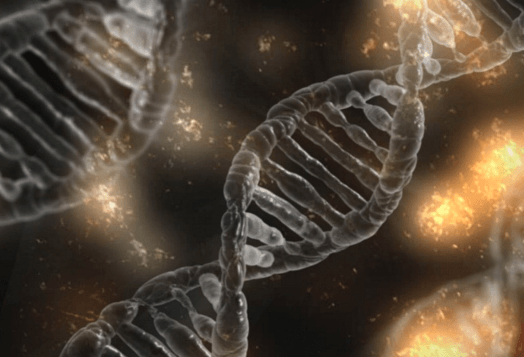DNA sequencing is also known as Next Generation Sequencing (NGS) in which nucleic acid sequence is determined. The process includes lab experiments and a variety of testing methods that determine the order of the DNA’s 4 components i.e. Adenine, Guanine, Thymine, and Cytosine which are also expressed as ATGC.

The sequencing has been modernized and these have become quite fast due to technological innovations in the related industries.
The reason for such a growth is the demand of DNA sequencing in a variety of biological testing processes such as medical diagnosis, virology, biotechnology, forensic biology, and biological systematics.
Predetermining the alterations or mutations in the DNA structure can help in early detection of diseases which can ultimately give direction to the treatment procedures.
The evolution in the sequencing technology has fundamentally changed the way scientists think and ask questions. Such a rapid growth in the sequencing market has induced certain market trends that have categorized the market as a global industry.
Global NGS Market Outlook
The Global Next Generation Sequencing market analysis suggests a high prospective growth in the near future. As of now, the market is growing with a double digit growth rate. The global NGS market is growing at a Compound Annual Growth Rate (CAGR) of 19.5 percent which is likely to attain a growth rate of 20 percent by 2020.
The reasons for such a high growth rate are increasing applications of clinical NGS and increasing number of genomics projects by governments across the globe.
With the advent of new technology the NGS has also become quite cost-effective and other factors such as data analysis expertise and its applications on diverse platforms have made it easily accessible.
In addition, hospitals and similar healthcare facilities are rapidly adopting the NGS-based diagnosis systems and these are also likely to hold the largest market share in the near future.
Here is a detailed explanation of the global NGS market outlook.
- NGS service providers and stakeholders are strategically partnering up with the academics, pharmaceutical companies, biotech firms, diagnostic firms, and CROs for expanding their capabilities. However, for offering fully integrated solution, NGS service providers are also partnering up with IT companies.
- The clinical application of NGS is growing but this segment is still not the biggest end-user as the academics and research-based organizations and institutions are the largest end-users of the technology.
- The adoption and integration of NGS technology in the entire chain of treatment has promoted the technology even more. From diagnosing the disease or detecting the early signs of a disease to the final treatment procedure, NGS is playing a critical role and the healthcare professionals have also understood its importance. Even the non-clinical segment is likely to grow with pharmaceutical companies due to encouragement to strategic partnerships for creating personalized treatment regimes.
- NGS is a complex technology that requires expertise in both the technical and clinical aspects. NGS is a niche segment and not every technological firm can offer such services. It requires an expert and dedicated bioinformatics team of experienced professionals for handling the procedures.
- However, such niche requirements are driving the growth in the sector as the end-users seek integrated service providers that are experts in their domain.
- Talking about the industry constraints, NGS requires highly skilled labor as it includes specific processes such as sample collection, library preparation, and data analysis. It requires both clinical and research expertise for every single process.
- Another market constraint is the surging cost of NGS. Although the cost of NGs have significantly reduced due to increased availability and intervention of global-level players, but the cost of NGS is still quite high for everyone to afford. Data accuracy and standardization are two challenges that can only be handled by the highly expert teams that maintain uniformity in their processes.
- The key global suppliers of NGS include Illumina, Thermo Fisher, Roche, Pacific Biosciences, Takara Bio, BGI, Eurofins, Genewiz, SeqWright, and Macrogen. The North America region accounts for the maximum market share whereas China, India, and Eastern Europe hold the moderate market share.
- The industry follows an engagement model where project-based partnerships are prominent strategic partnerships are being preferred as alternate ode of partnerships. The same is the case with pricing models where project-based and time and material-based pricing are the alternate pricing methods.
NGS has proven to be a revolutionary technology in terms of early detection of diseases and finalizing on a treatment procedure for the patients.
However, this is not the only aspect where NGS is proving its worth. Setting up clinical labs that can sequence DNA for other purses such as biotechnology, forensics, and lab tests are also being quite helpful.
Despite all the benefits offered by NGS, there are some constraints as well. Lack of standardization and expertise in the field make it a niche segment that requires high levels of expertise.

